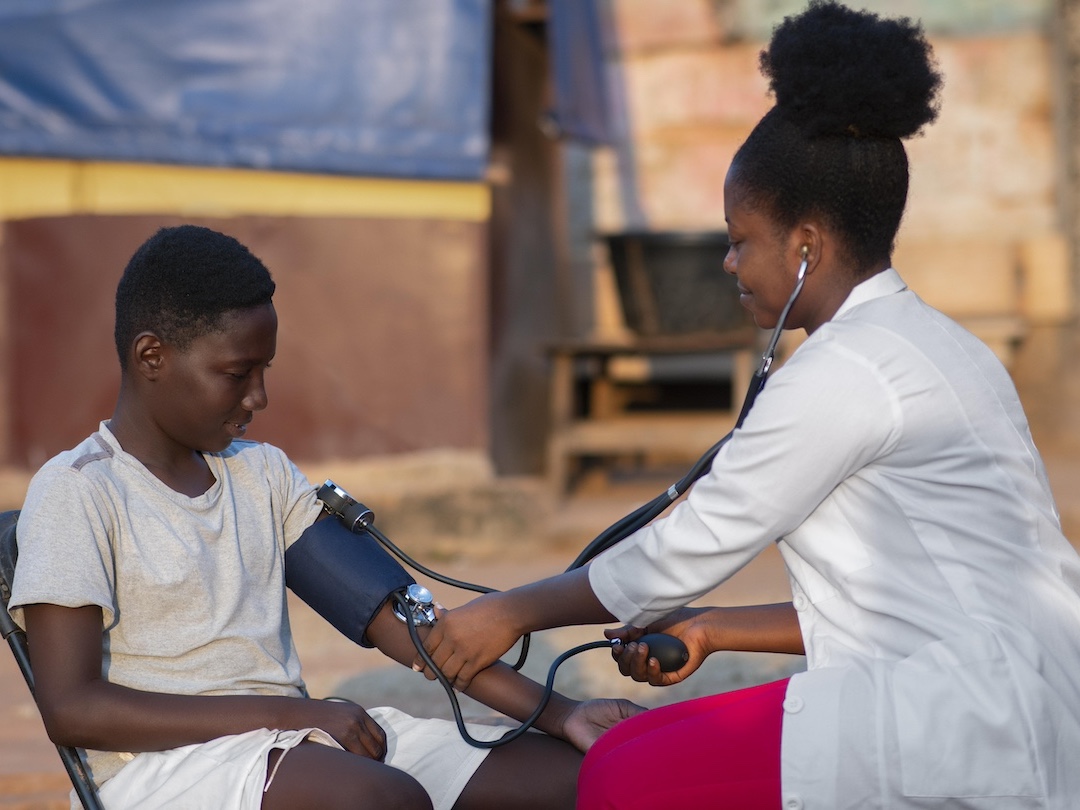Health

Join Us We Need Your Help
UACDF dedicated to bridging the gap in healthcare access for underserved communities, focusing on preventative care, early diagnosis, and health education to improve overall community health and reduce the prevalence of preventable diseases. Globally, nearly half of the world’s population lacks access to essential health services, while preventable diseases such as malaria and diarrhea continue to claim millions of lives each year, particularly in low-income regions. By addressing these disparities, we aim to create healthier, more resilient communities.
- Clinic Construction and Healthcare Access
. Our goal is to construct clinics in underserved areas that currently lack access to primary healthcare, as WHO estimates that at least 400 million people lack access to essential healthcare services. These clinics will serve as vital access points for basic medical services, health screenings, and consultations.
- Community Health Checkups and Early Diagnosis
Globally, 15 million people between the ages of 30 and 69 die each year from non-communicable diseases (NCDs) such as diabetes and hypertension, many of which are preventable or manageable if caught early. Our program will conduct regular health checkups within communities to identify health issues early, enabling timely intervention and reducing the risk of complications. This focus on early detection will help prevent severe illnesses and contribute to healthier, more productive communities.
- Health and Hygiene Education
Studies show that health education can reduce disease incidence by as much as 50% in communities where hygiene practices are widely adopted. Our program offers health education workshops covering essential topics such as nutrition, hygiene practices, maternal and child health, and disease prevention. Additionally, hygiene education sessions will focus on the importance of handwashing, safe water practices, and clean sanitation to reduce infectious disease transmission.
